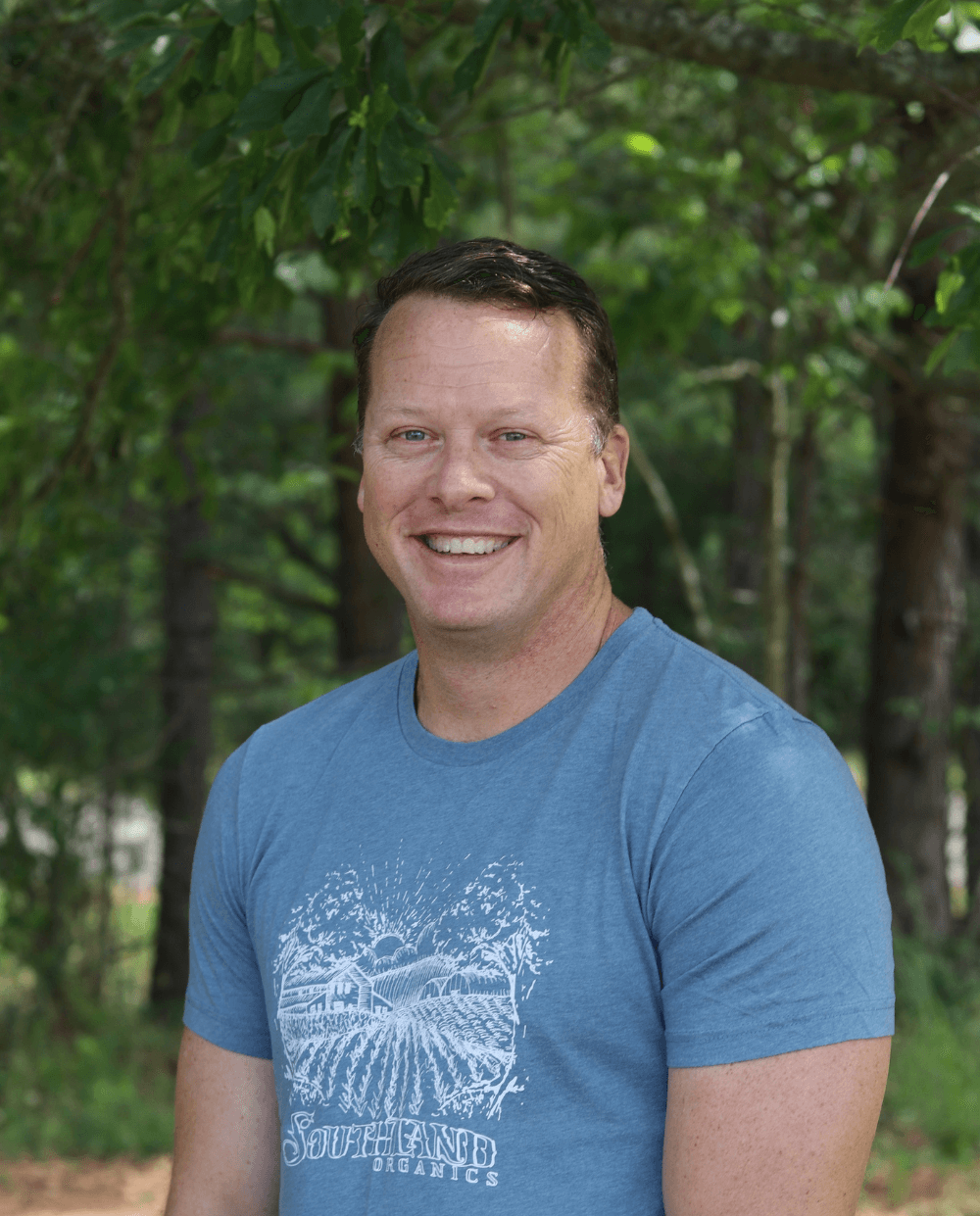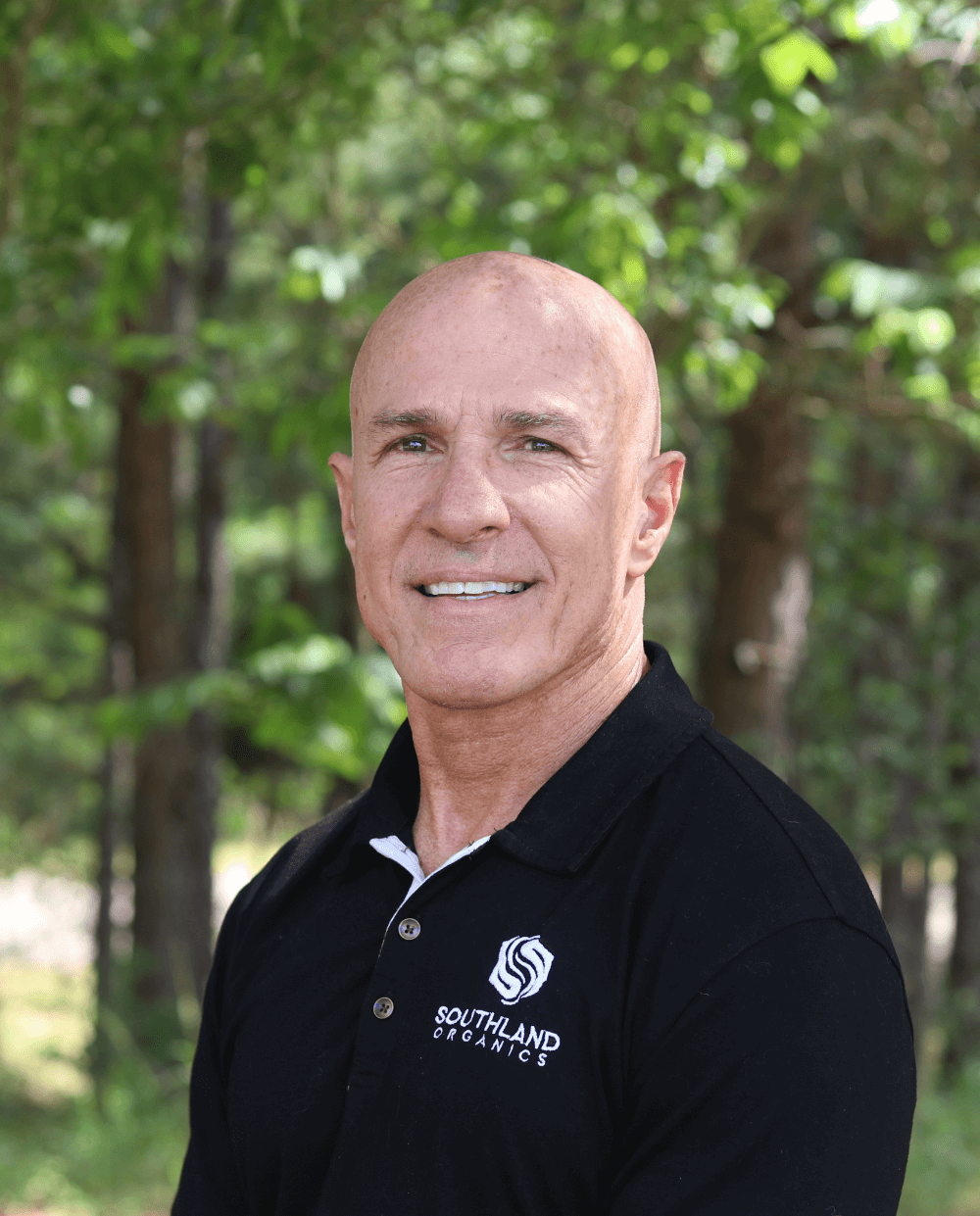Believe it or not, these three practices are different from each other, and require different products and techniques to protect your family, friends and employees from COVID-19. Today, we are taking you through the best tips and practices for ridding your workspace, home or production facility of disease-causing bacteria, including strains that spread the coronavirus.
Think linear! First clean, then sanitize, and if warranted, disinfect.
Understanding the differences in these practices can help you decide which products will lead to the cleanest and safest environment for your company, home or production facility.
Cleaning: The first line of defense
Cleaning is the mechanical removal of dirt, grime, dust, food and germs. Cleaning is your first line of defense. If you do not properly clean a surface, then you are leaving behind substances for bacteria to feed upon and great places for germs to hide.
Dirt and organic material make sanitizers and disinfectants less effective, so cleaning is necessary in most cases.
Cleaning alone has been shown to remove up to 98% of bacteria and 93% of viruses from surfaces.
Sanitizing to reduce the microbial load
Sanitizing is reducing the number of germs on a surface to a safe level determined by public health officials.
Those levels are 99.9% for non-food service areas.
For food service, a sanitizer reduces the number of germs on a surface by 99.999% within 30 seconds.
While sanitizing kills most germs, it is not as abrasive as disinfecting.
Disinfecting surfaces is often overkill and potentially harmful
According to the Center for Disease Control, disinfection is the process that eliminates most or all pathogenic microorganisms, except bacterial spores, on inanimate objects.
In health-care settings, objects are disinfected by liquid chemicals or wet pasteurization.
Disinfecting is temporary! As soon as a surface has been touched or coughed, sneezed or breathed on, germs start growing on it again.
Store and use disinfectants in a responsible and appropriate manner according to the label. Do not mix bleach or other cleaning products together.
Finally, encourage good health practices among those around you. That means covering sneezes or coughs with your bent elbow, washing your hands thoroughly with warm water and soap often, and touching high-traffic areas less often when possible.
At Southland Organics, we are grateful for your continued support of our channel of resources for commercial and residential poultry farmers. If you like our content, go ahead and subscribe to be notified of our biweekly videos.






